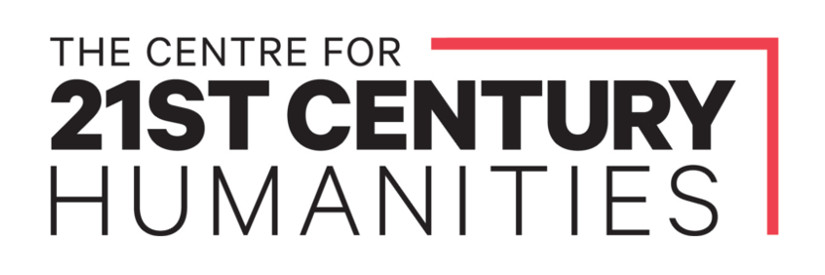| Site Name | Faithfull Massacre, Benalla |
| Aboriginal or Torres Strait Islander Place Name | |
| Language Group, Nation or People | Yorta Yorta |
| Present State/Territory | VIC |
| Colony/State/Territory at the time | PPD |
| Police District | Melbourne |
| Latitude | -36.549 |
| Longitude | 145.976 |
| Date | 12 Apr 1838 |
| Attack Time | Day |
| Victims | Colonists |
| Victim Descriptions | Shepherd(s) |
| Victims Killed | 8 |
| Victims Killed Notes | |
| Attackers | Aboriginal or Torres Strait Islander People |
| Attacker Descriptions | Warrior(s) |
| Attackers Killed | 1 |
| Attackers Killed Notes | |
| Transport | Foot |
| Motive | Reprisal |
| Weapons Used | Waddies/Nulla-nulla(s), Spear(s) |
| Narrative | On 7 April 1838 ten stockmen overlanding cattle to the Port Phillip District for William and George Faithfull set up camp at the Broken River near present day Benalla after shooting at and possibly killing an unknown number of people at the Ovens River. Although they did not know it, the Broken River camp was an important ceremonial site and Yorta Yorta meeting place. When the stockmen arrived at the Broken River on 6 April they found at least 10 Aboriginal men and their families already camped at the meeting place. On 7 April nine of Faithfulls' shepherds arrived with 4,000 sheep and camped at the meeting place and sought women from the Yorta Yorta camp. That night eight sheep went missing and on the following day, 8 April, the 19 stockmen and shepherds moved camp to the south bank of the Broken River only to be followed. On 9 April more Yorta Yorta arrived and on 11 April, Faithfulls' men prepared to strike camp with the stockmen departing first. Then 20 warriors attacked. One of the shepherds fired and killed a warrior, another fired and missed and the other eight shepherds ran away only to be struck down and killed. Four or five stockmen escaped to report the incident. According to historian Judith Bassett who conducted the most detailed research on the massacre, it 'bore all the hallmarks of traditional and specific revenge, whereby a small, ritually sanctioned group of Aborigines took their victim(s) by surprise and then returned quickly to their camp.'(Bassett 1989, p 23) They did not seek to kill every white man present. If this is the case then it suggests that the massacre was also in direct response to the earlier killing of Yorta Yorta people at the Ovens River. |
| Sources | Cannon 1982, p 312-334; Bride, 1898, pp 151, 186, 241 https://archive.org/details/lettersfromvicto00publiala/mode/2up; Atkinson & Aveling 1987, p 45-54; Bassett 1989, p 18-34; Russell 2002, p 47-8, 53-4; Argus September 13, 1883, p 9 http://nla.gov.au/nla.news-article11828136. (Sources PDF) |
| Corroboration Rating | *** |

